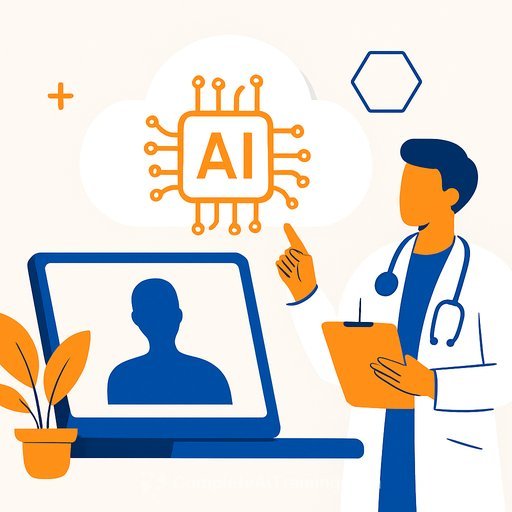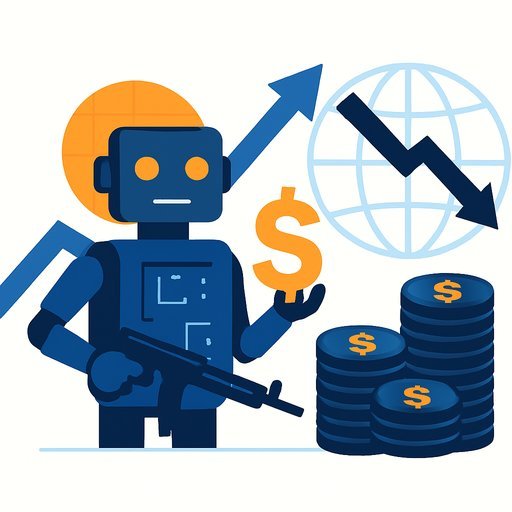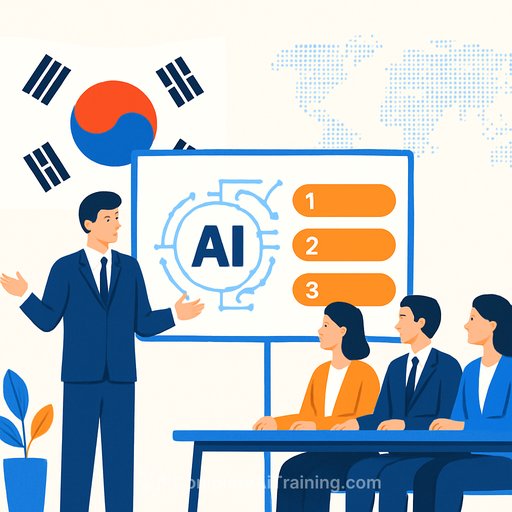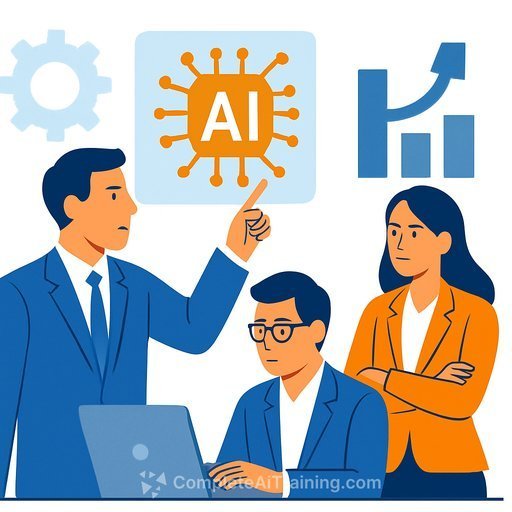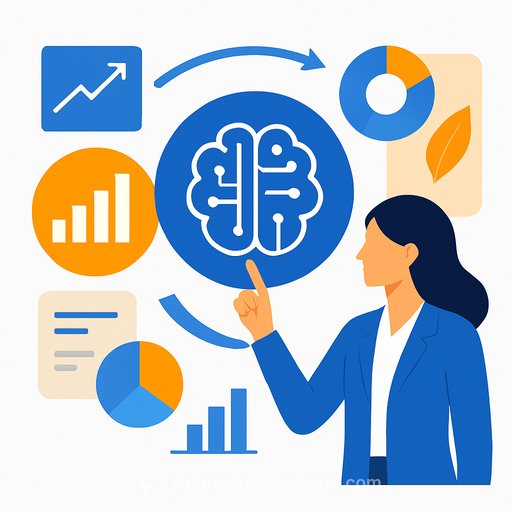Why Your Gen AI Learning Strategy Will Fail Without Employee Buy-In
Gen AI will not deliver returns if your people ignore the training. The tech is the easy part. The hard part is getting employees to care, practice, and apply what they learn to real work.
Engagement is the lever. With engaged learners, training sticks, adoption speeds up, and value shows up on the P&L.
Why Engagement Matters
Engaged employees finish training, retain more, and try new workflows. They look for improvements instead of waiting for instructions.
Evidence backs this up: highly engaged teams see higher profitability and productivity. See Gallup's research on engagement and performance for a deeper breakdown.
Gallup: Employee engagement drives growth
Interactive Learning That Gets Used
- Hands-on workshops: Put teams in realistic scenarios. Example: let customer service agents test AI chat assistants on complaint resolution in a sandbox, then review results as a group.
- Role-specific simulations: Teach the exact use case each role will own. The closer the simulation is to daily work, the faster skills transfer to production.
- Gamified modules: Use points, badges, and leaderboards to keep momentum. Friendly competition beats mandatory checklists.
Incentives and Recognition That Mean Something
Reward the behavior you want to scale. Offer badges and certifications, yes, but also tie progress to bonuses, project ownership, or extra time off.
Public recognition works. Shoutouts in all-hands, internal posts, and team meetings raise the status of learners and create positive peer pressure.
Build a Community of Practice
Sustainable adoption is social. Create a peer group that swaps playbooks, shares wins, and troubleshoots blockers.
- Set a weekly or biweekly session to review experiments and outcomes.
- Keep a shared library: prompts, templates, SOPs, and before/after examples.
- Nominate rotating "practice leads" to curate best practices across functions.
Use Gen AI to Teach Gen AI
- Adaptive learning: Dynamic modules that adjust to each learner's skill gaps.
- Smart quizzes: Harder questions for high performers, reinforcing loops for others.
- Safe sandboxes: AI-driven simulations that mirror live scenarios without risk.
Outcome: faster ramp-up, fewer plateaus, and measurable progress by role and skill.
From Skepticism to Confidence
- State the why: Explain where Gen AI adds value in the business model and how it impacts goals, not just tasks.
- Address risk: Set clear guardrails for data, compliance, and approval flows.
- Show wins: Highlight internal success stories and ship small, visible improvements early.
- Position AI as assistive: Make it clear the intent is to enable employees, reduce drudge work, and open new opportunities.
Client Case Study: Mid-Sized Logistics Firm
Problem: leadership saw Gen AI's potential in supply chain, but training completion lagged and adoption was uneven.
What we implemented:
- Role-based workshops: Warehouse managers practiced inventory forecasting with AI; dispatchers used AI to optimize routes and resolve exceptions.
- Gamified progression: Points for modules completed, with extra paid leave and company-wide recognition for top performers.
- Community of practice: Regular sessions to share prompts, compare outputs, and fix issues together.
Results in six months: training completion up 65%; supply chain efficiency improved by 20%+.
Executive Checklist
- Define 3-5 high-impact, role-specific use cases per function.
- Replace passive content with workshops, simulations, and peer reviews.
- Tie certifications to incentives, career paths, and project ownership.
- Establish a cross-functional community of practice with a content hub.
- Instrument everything: completion, competency, usage, impact on cycle time, quality, and cost.
- Share quick wins monthly; refresh curricula quarterly based on data.
What Good Looks Like
Engagement is visible: people sign up early, share their experiments, and teach others. Output improves: shorter cycle times, better quality, fewer handoffs.
Companies that build this culture move faster on Gen AI. Telstra's experience shows how an engaged workforce accelerates adoption and results.
Next Step
If you need ready-to-deploy learning paths, certifications, and role-based tracks, explore the options here:
Bottom Line
Gen AI training fails without employee buy-in. Make learning active, reward progress, build a peer community, and let data guide improvements. Do this, and you'll see real adoption and real business outcomes.
Your membership also unlocks:

